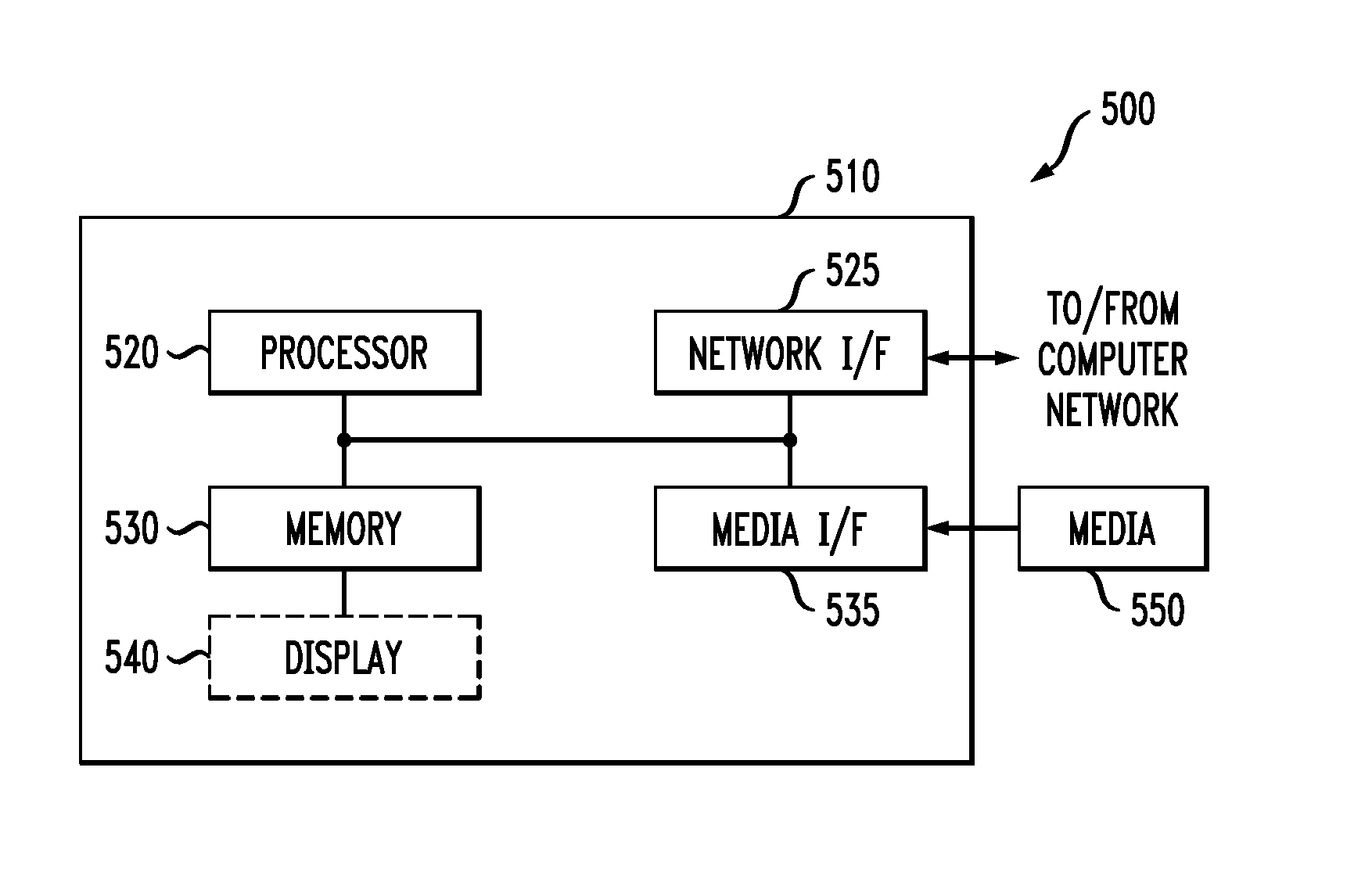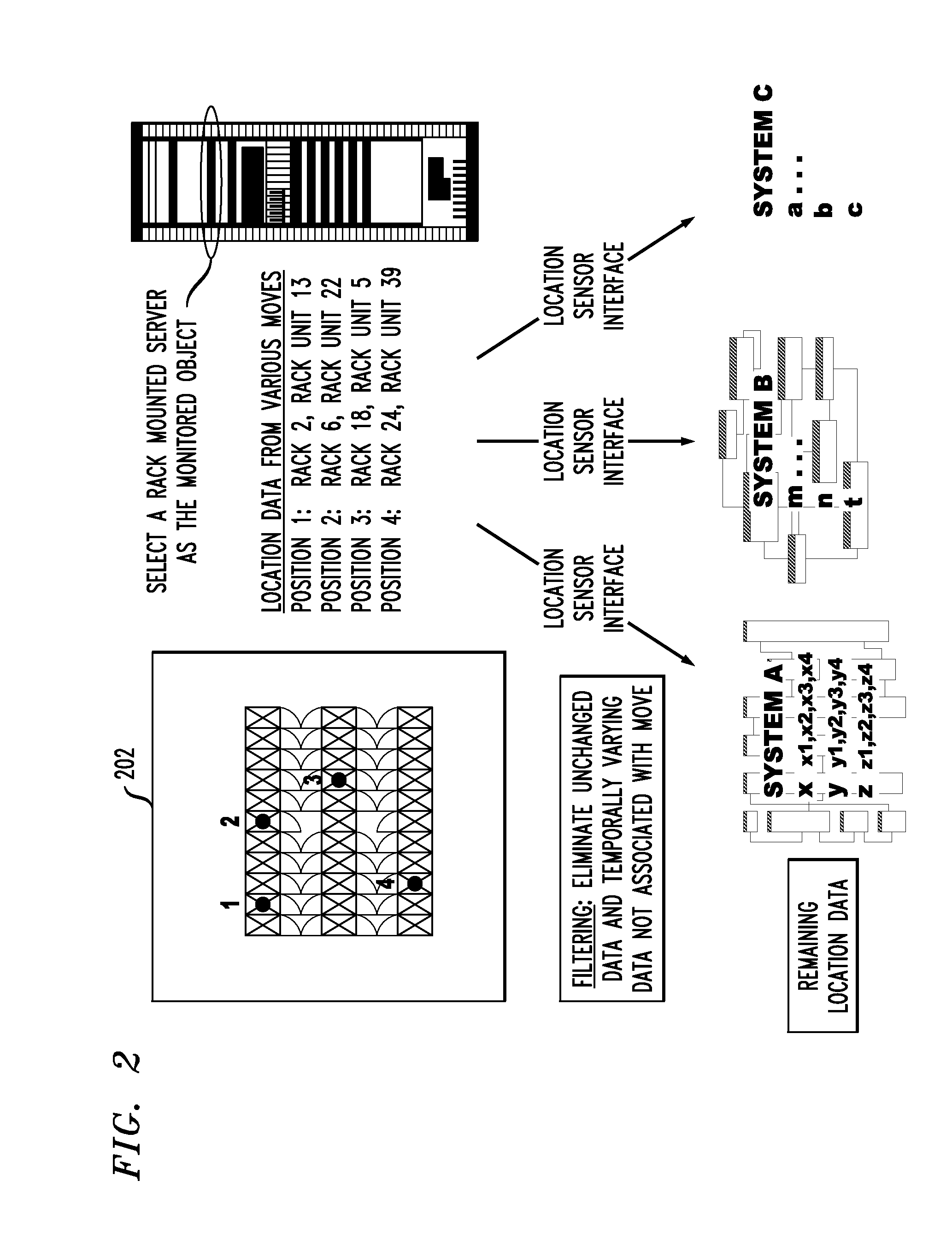Asset Identity Resolution Via Automatic Model Mapping Between Systems With Spatial Data
a technology of spatial data and identity resolution, applied in the field of data models, can solve the problems of cumbersome recognition of the same object, and achieve the effect of reducing the complexity of the process
- Summary
- Abstract
- Description
- Claims
- Application Information
AI Technical Summary
Benefits of technology
Problems solved by technology
Method used
Image
Examples
Embodiment Construction
[0013]FIG. 1 is a diagram illustrating an exemplary methodology 100 for mapping assets between two data models. Two different software systems might describe the assets in a given physical area using different parameters (i.e., using different names, coordinates, etc.). The present techniques serve to map these assets across various different data models to allow even someone unfamiliar with the data models to easily identify a given asset and the attribute / attributes associated with that asset in each of the multiple data models. For example, the data models might be those used by a building information management system, an asset management system, and a data center energy management system. Data center IT and facilities assets might be tracked in all three systems, possibly with different coordinate systems (i.e., building-wide coordinates versus data center-wide coordinates). The term “asset” as used herein refers to physical objects in the physical area. Thus the terms “asset” ...
PUM
 Login to View More
Login to View More Abstract
Description
Claims
Application Information
 Login to View More
Login to View More - R&D
- Intellectual Property
- Life Sciences
- Materials
- Tech Scout
- Unparalleled Data Quality
- Higher Quality Content
- 60% Fewer Hallucinations
Browse by: Latest US Patents, China's latest patents, Technical Efficacy Thesaurus, Application Domain, Technology Topic, Popular Technical Reports.
© 2025 PatSnap. All rights reserved.Legal|Privacy policy|Modern Slavery Act Transparency Statement|Sitemap|About US| Contact US: help@patsnap.com



